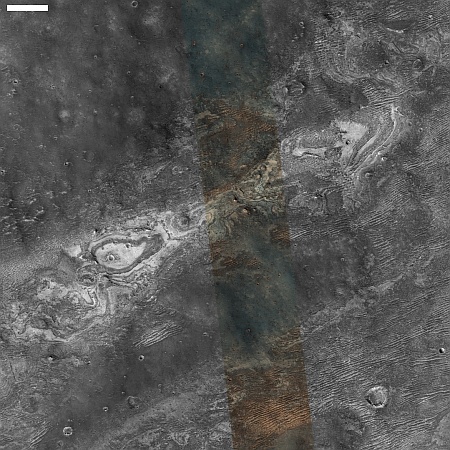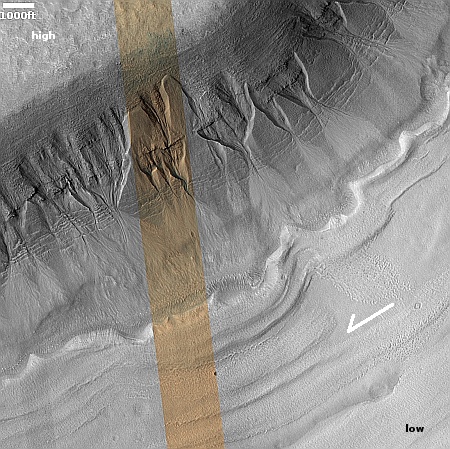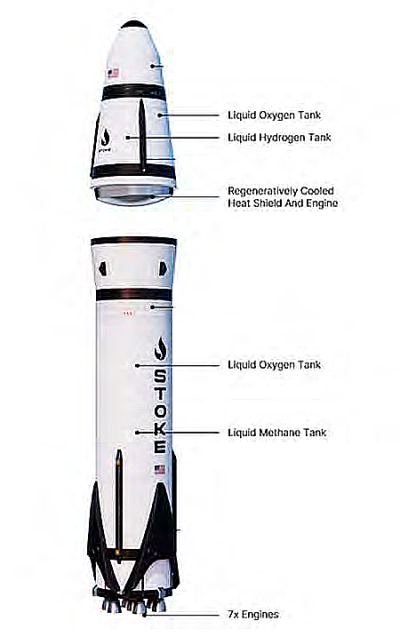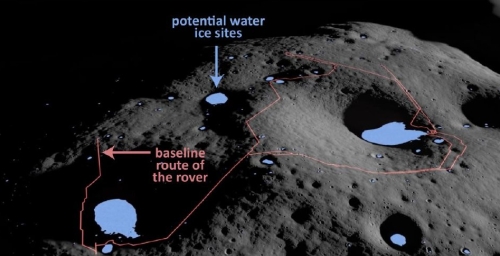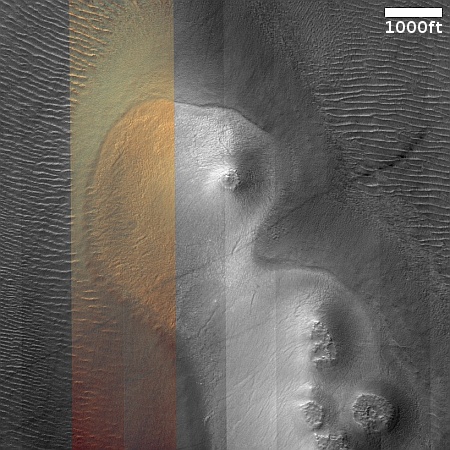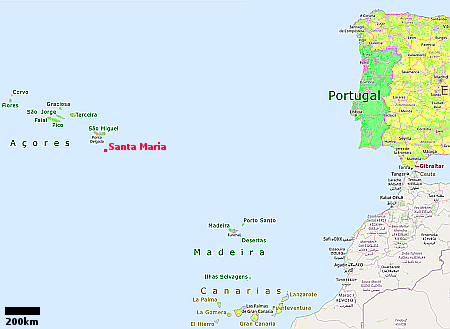SpaceX launches 20 more Starlink satellites using a new first stage
SpaceX early this morning successfully launched another 20 Starlink satellites, its Falcon 9 rocket lifting off from Cape Canaveral in Florida.
The first stage was new, having never flown before. It successfully landed on a drone ship in the Atlantic, and is now part of the company’s fleet of Falcon 9 first stages.
The leaders in the 2024 launch race:
83 SpaceX
34 China
10 Rocket Lab
9 Russia
American private enterprise now leads the rest of the world combined in successful launches 98 to 52, while SpaceX by itself now leads the entire world combined, including American companies, 83 to 67.
SpaceX early this morning successfully launched another 20 Starlink satellites, its Falcon 9 rocket lifting off from Cape Canaveral in Florida.
The first stage was new, having never flown before. It successfully landed on a drone ship in the Atlantic, and is now part of the company’s fleet of Falcon 9 first stages.
The leaders in the 2024 launch race:
83 SpaceX
34 China
10 Rocket Lab
9 Russia
American private enterprise now leads the rest of the world combined in successful launches 98 to 52, while SpaceX by itself now leads the entire world combined, including American companies, 83 to 67.

